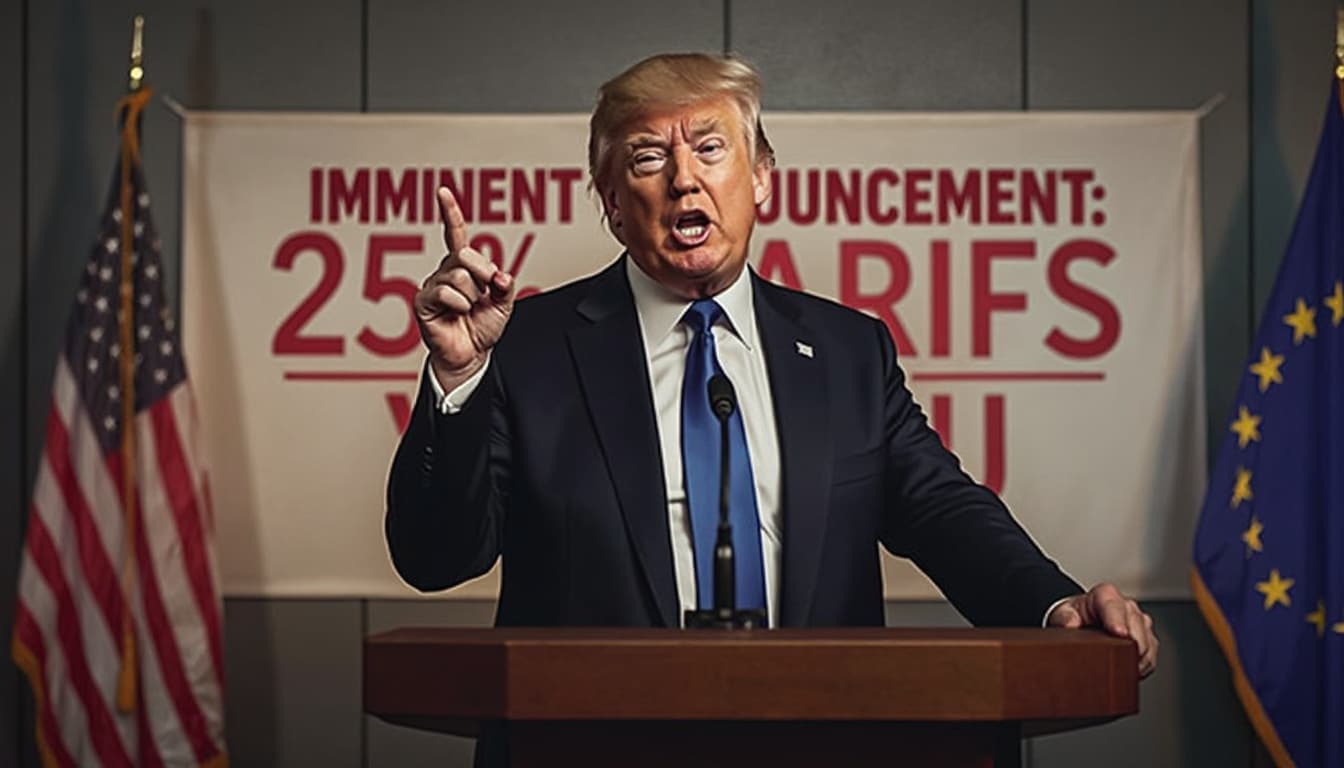In a recent statement, Donald Trump once again drew attention by announcing that the United States would soon impose 25% tariffs on European products. This decision adds to a series of previously announced trade measures targeting not only the European Union but also Mexico and Canada. While the president highlights his criticisms of the EU, which he accuses of economic disadvantages for the United States, the European Commission emphasizes the vital role of Europe as the largest free trade market in the world. This renewed tension on the global trade scene could profoundly affect transatlantic exchanges.

Table des matières
ToggleTrade tensions between the United States and the European Union
In a recent statement, Donald Trump has once again struck a chord on international trade by announcing the upcoming establishment of tariffs of 25% on products from the European Union. These measures are perceived by many as a leverage to rebalance the trade exchanges between the two economic powers, with the American president having expressed his disagreement regarding the EU’s significant trade surplus with the United States.
Trump has stated that the European Union was “designed to screw the United States,” while on its part, the European Commission responded by highlighting that the Union represents the largest free trade market in the world, which constitutes an opportunity rather than a threat to the American economy.
The potential impact on the global economy
The establishment of such customs barriers could lead to significant repercussions for both European industries and American consumers. By imposing these tariffs, not only are the diplomatic relations between the two powers put to the test, but the global supply chains risk being disrupted as well.
Recent American trade strategies
Donald Trump now has a long history of threats and announcements regarding tariffs. In addition to the European Union, the American president has also spoken about the importance of reevaluating their trade relations with other partners such as Mexico and Canada. These protectionist policies reflect the United States’ desire to ensure more favorable bilateral exchanges under the Trump administration.





